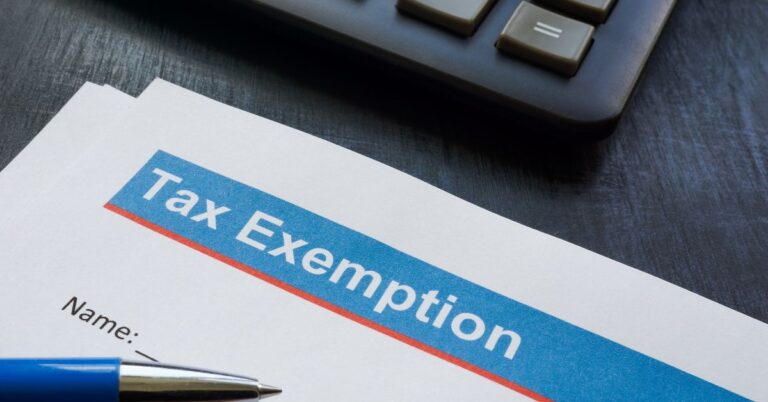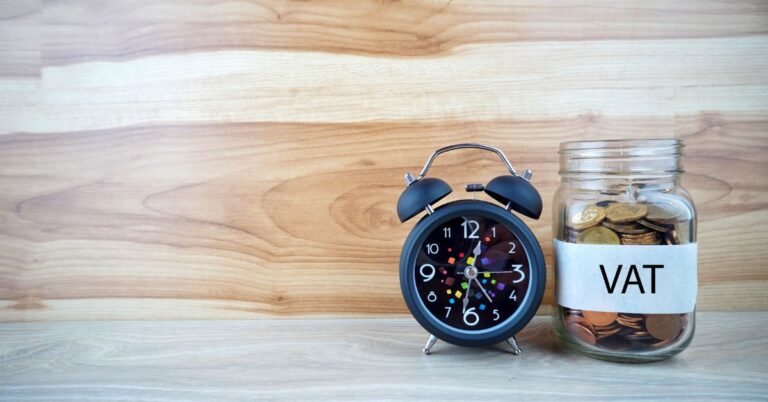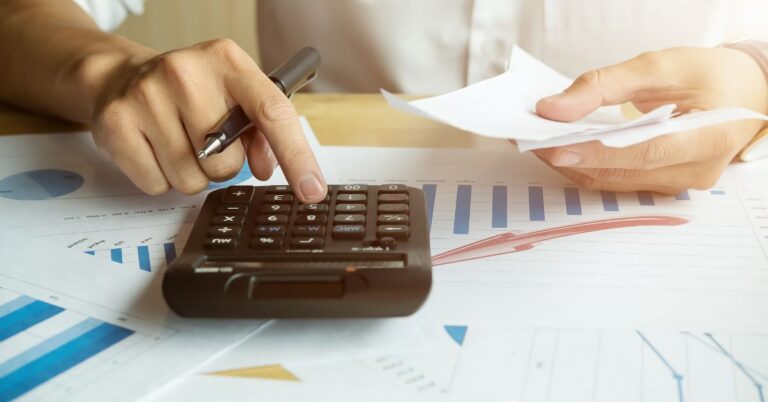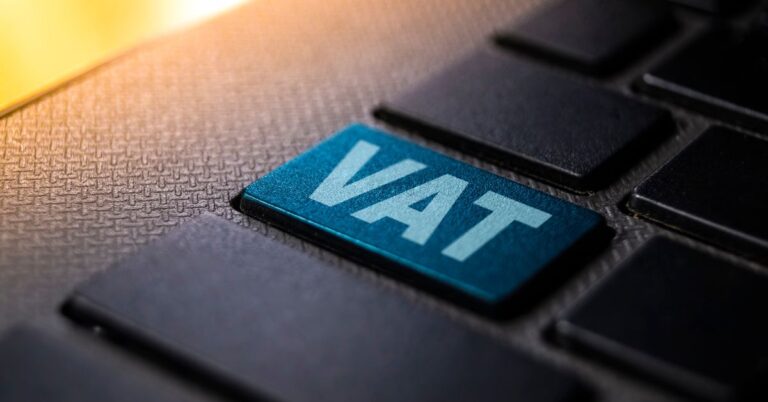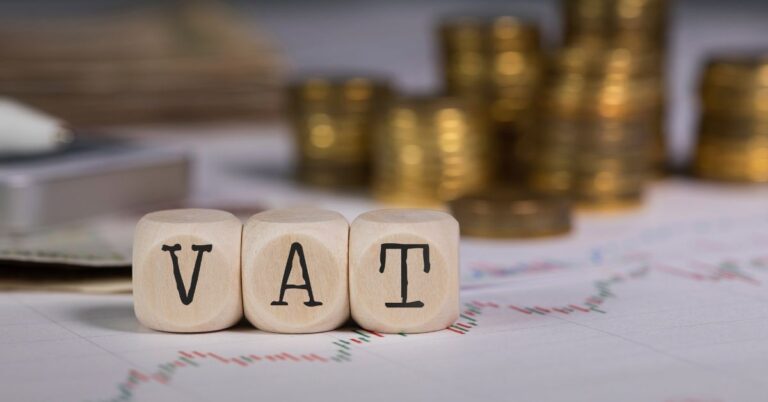How to calculate import VAT in the UK?
To calculate import VAT in the UK, you first add together the cost of the goods, the shipping charge, and the insurance cost. This total gives you the customs value. You then apply any customs duty rate to this total and add the resulting duty to get the final taxable value. Import VAT is charged on this final taxable value at the applicable rate, which is usually 20%.
For example, if the goods cost £1,000, shipping is £100, and insurance is £20, the customs value is £1,120. At a 5% customs duty rate, you add £56, making the total taxable value £1,176. Import VAT is then calculated as 20% of £1,176, which equals £235.20.
What Is Import VAT in the UK?
Import VAT is a consumption tax charged on goods entering the UK from foreign countries. HMRC collects this tax at the same rates applied to domestic UK sales. The tax becomes due when goods arrive at UK ports or airports.
Import VAT differs from standard UK VAT because it includes additional costs. The taxable value covers:
- Goods purchase price
- Shipping and freight costs
When Does Import VAT Apply?
Import VAT applies to most goods worth over £39 when entering the UK. Gifts valued under £39 remain exempt from both VAT and customs duty. Commercial goods worth over £135 face both customs duty and import VAT.
The liability transfers to the importer at the point of UK entry. Courier companies collect payment before delivery for most consumers.
What Are UK Import VAT Rates?
UK import VAT uses three main rates: 20% standard, 5% reduced, and 0% zero-rated. The standard 20% rate applies to most imported goods including electronics, clothing, and household items.
Standard Rate Items (20%):
- Electronics and computers
- Clothing and accessories
Reduced Rate Items (5%):
- Children’s car seats
- Energy-saving materials
Zero-Rated Items (0%):
- Books and educational materials
- Children’s clothing under size restrictions
How Do You Calculate Import VAT Step by Step?
Import VAT calculation follows six sequential steps starting with goods valuation and ending with total cost determination. Each step builds on the previous calculation to reach the final VAT amount.
Step 1: Convert Foreign Currency to GBP
Convert all foreign currency amounts using HMRC’s official monthly exchange rates. HMRC publishes these rates specifically for customs and VAT calculations. Commercial bank rates do not apply for import VAT purposes.
Step 2: Calculate Customs Value
Customs value equals goods price plus shipping, insurance, and handling charges. This creates the base amount for duty calculations.
Example calculation:
- Goods cost: £1,000
- Shipping: £100
- Insurance: £20
- Total customs value: £1,120
Step 3: Determine Customs Duty Rate
Find your commodity code on the UK Trade Tariff to identify the correct duty percentage. Each product category has specific duty rates ranging from 0% to over 20%.
Use the trade-tariff.service.gov.uk search tool. Enter detailed product descriptions to find accurate commodity codes.
Step 4: Calculate Customs Duty Amount
Multiply customs value by the duty percentage rate. This creates the duty amount added to your total taxable value.
Example with 5% duty rate: £1,120 × 5% = £56 customs duty
Step 5: Calculate Total Taxable Value
Add customs value plus customs duty to create the VAT calculation base. This combined amount determines your final VAT liability.
Continuing the example: £1,120 + £56 = £1,176 total taxable value
Step 6: Apply Import VAT Rate
Multiply total taxable value by the appropriate VAT percentage. Most goods use the 20% standard rate.
Final calculation: £1,176 × 20% = £235.20 import VAT
What Are CIF and FOB Import Calculations?
CIF includes all costs (Cost, Insurance, Freight) while FOB includes only goods value and insurance. Your shipping contract determines which method applies to your import calculation.
CIF Calculation Method
CIF calculations include shipping costs in the duty calculation base. This method typically results in higher total import charges.
CIF example:
- Goods: £2,000
- Shipping: £200
- Insurance: £50
- CIF value: £2,250
FOB Calculation Method
FOB calculations exclude shipping costs from duty calculations. Duty applies only to goods value plus insurance costs.
FOB example using same goods:
- Goods: £2,000
- Insurance: £50
- FOB value: £2,050
Most UK imports use CIF calculations unless shipping terms specify FOB.
What Import VAT Exemptions Exist?
Gifts under £39 and goods under £135 receive partial or full exemptions from import charges. These thresholds apply to different types of imports.
Gift Exemptions
Personal gifts worth £39 or less face no VAT or customs duty. The sender must mark items clearly as gifts. Commercial shipments do not qualify for gift exemptions.
Low-Value Goods
Commercial goods worth £135 or less avoid customs duty but still face 20% VAT. This threshold applies only to duty calculations, not VAT liability.
Zero-Rated Products
Books, children’s clothing, and basic food items face 0% VAT rates. Businesses can still reclaim input VAT on these zero-rated imports.
How Do You Pay Import VAT?
Import VAT payment occurs through couriers, direct HMRC payment, or customs agents. Most consumers pay through delivery companies before receiving goods.
Courier Collection
Royal Mail, DHL, UPS, and other couriers collect import VAT before delivery. They contact recipients with payment demands and typically allow 3 weeks for payment.
Courier services add handling fees ranging from £8 to £25 on top of import VAT amounts.
Direct HMRC Payment
Businesses can establish duty deferment accounts for monthly import VAT payments. This requires bank guarantees and HMRC approval.
Deferment accounts suit regular importers with consistent monthly shipments.
What Common Import VAT Mistakes Should You Avoid?
Excluding shipping costs and using wrong exchange rates cause the most import VAT calculation errors. These mistakes lead to underpayment penalties or overpayment losses.
Including All Costs
Import VAT calculations must include shipping, insurance, handling, and customs duty. Many importers calculate VAT only on goods value, creating significant underpayments.
Using Correct Exchange Rates
HMRC monthly rates differ from commercial bank exchange rates. Using bank rates instead of HMRC rates creates calculation errors and potential penalties.
Accurate Commodity Classification
Wrong commodity codes result in incorrect duty rates and VAT calculations. Take time to research proper product classifications using detailed descriptions.
How Can Businesses Reduce Import VAT Costs?
VAT-registered businesses can reclaim import VAT as input tax and use Postponed VAT Accounting. These systems reduce cash flow impact and administrative burden.
Postponed VAT Accounting
Postponed VAT Accounting allows businesses to declare import VAT on VAT returns instead of paying at import. This improves cash flow by delaying payment timing.
Businesses can potentially reclaim the same VAT amount as input tax, creating zero net cost.
Input VAT Recovery
Import VAT becomes recoverable input tax for business purchases. Keep C79 certificates or postponed VAT statements as recovery evidence.
HMRC requires specific documentation for import VAT recovery claims.
What Documentation Must You Keep?
Import VAT records must include invoices, shipping documents, customs declarations, and payment receipts. HMRC requires 6-year record retention for all import transactions.
Required Documents
Keep purchase invoices, shipping documents, insurance certificates, and customs declarations. These documents support import VAT calculations during HMRC audits.
Digital Record Requirements
Making Tax Digital rules require electronic storage of import VAT records. Paper records alone do not meet current HMRC compliance standards.
Use digital systems that link import VAT to VAT return submissions.
Final Thoughts
Import VAT calculation follows clear mathematical steps that include all costs from purchase to UK delivery. The process requires accurate currency conversion, proper commodity classification, and inclusion of all relevant charges.
VAT-registered businesses benefit from Postponed VAT Accounting and input VAT recovery options. These systems reduce the permanent cost impact of import VAT.
Use our VAT calculator for accurate import VAT calculations. For additional VAT guidance, review our guides on UK VAT rates and VAT registration requirements.
Accurate import VAT calculations prevent costly penalties and delivery delays while helping budget international purchases effectively.
